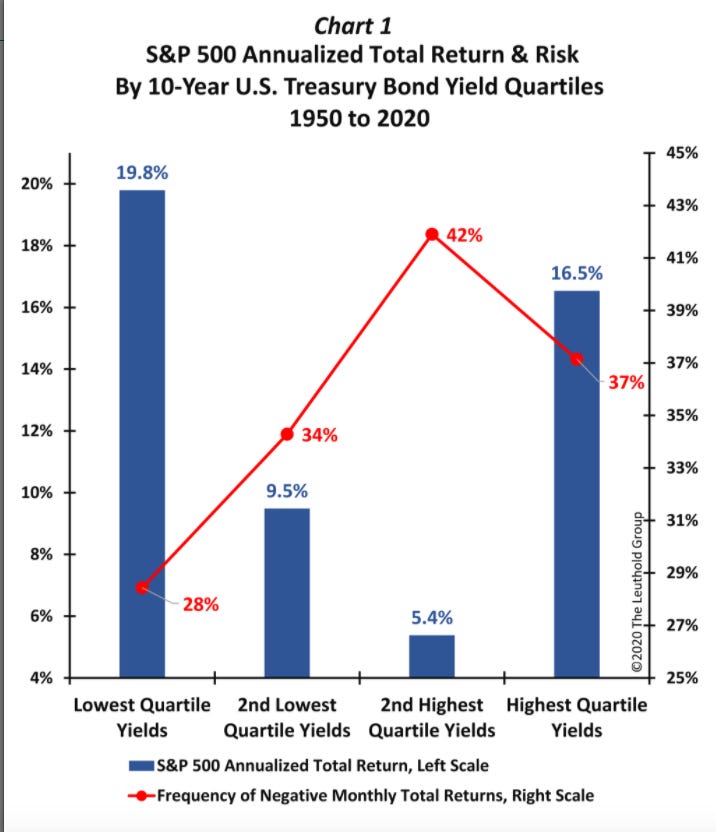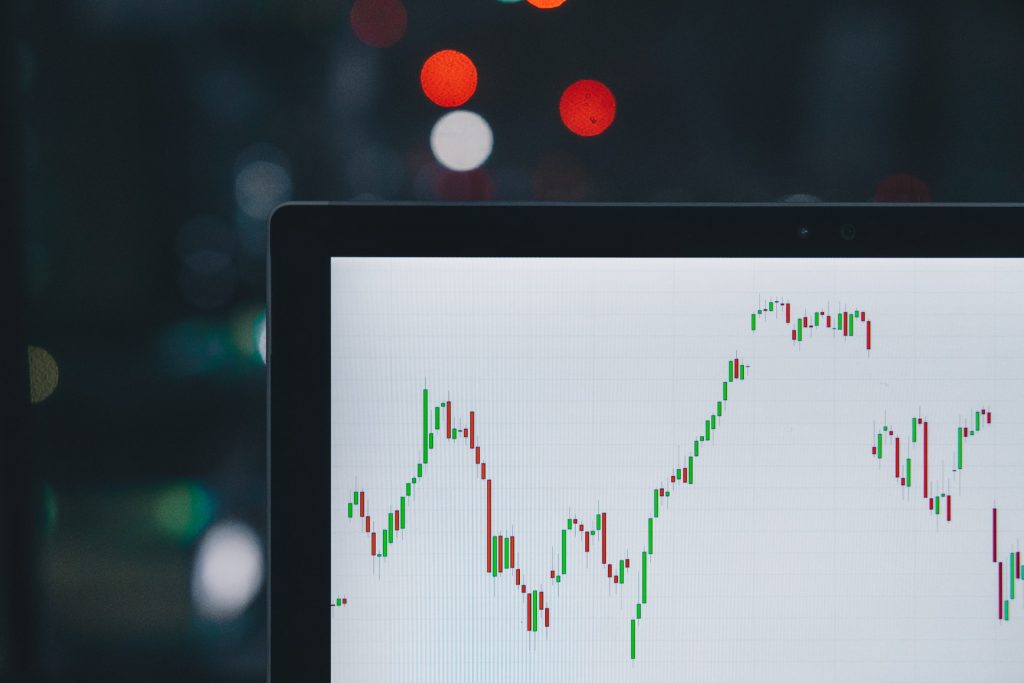The two key US equity indices, the Nasdaq 100 index, and the S&P 500 index made fresh all-time highs this summer. The 5 largest tech-companies triggered the S&P 500 index advanced move. These companies all recovered the market losses they incurred during the Covid-19 lockdown. The losses were as a result of the lockdown regulations which were put in place to curb the transmission of the coronavirus pandemic.

However, they were able to rebound and make these high records of market capitalization just within the space of one month or so after the lifting of the lockdown measures. They had a wonderful performance which was made up of both the increase in their earnings and assessment multiples growth. These companies witnessed multiple valuation expansions and revenue growth, despite the lockdown, because they embraced ecommerce in response to the Covid-19 social distancing measures.
In view of that, when you compare the performance of the equity market with that of the real economy, you will find considerable difference. On the 2nd of September, the US equities hit the peak and since then, it has continued on a steady ascent supported by the 5 tech upswing leaders and this is no surprise due to their recent uptrends and gains.
Despite the highly loose fiscal policy of top central banks, the increasing amount of fiscal incentives, and the anticipation that a potential vaccine for prevention of Covid-19 or an effective treatment would be discovered, the technical indicators of the market sentiment continue to remain encouraging. Besides that, new market highs are never signs that the bears would soon lead the equity market.
This kind of market rebound is a sign of positive growth as it wipes away provisional, short-term- dependent positions, and prevents investors from being excessively optimistic. Hence, it aids in expanding the present secular equity bull markets.

Multiple Market Forces Join To Signal Further Signs Of Boost In Stock Profits
- A popular Wall Street analyst and chief investment strategist at the Leuthold group, Jim Paulsen, mentioned in a client note that the low-yield situation of 19th September listed three circumstances that could boost the stock market for a long time.
- Paulsen as well stated that you can find the S&P 500 in the best performance when the yields are in the smallest quartile.
- It is only in low-yield situations that the S&P 500 still makes the mean monthly returns even when there is a declination in earnings potential.
- Paulsen equally noted that the probability of yields remaining low for lengthy periods is a great indication for the S& P500.
While the record-low bond yields of the 19th of September 2020 might annoy some investors, it proves a great opportunity for stockholders. Despite the rise in the prices of stocks close to historic highs, several people still maintain their investments in bonds to serve as their safe haven.
The recent development placed bond yields at historic lows during the pandemic period and makes it less appealing to panicky investors. Nevertheless, analysts recommendation is that low-yield environment ought to draw the topmost risk-averse to the equities markets.
Below are three ways low bond yields could boost the stocks market performance
Greater Gains, Fewer Losses
One of the reasons is the fact that you can find the S&P 500 in the best performance when the yields are in their least quartile. When yields are extremely low, the total returns for the year get up to 19.8% and this is way higher than the 5.4% gotten in the second-highest quartile and the 9.5% gotten in the second-lowest quartile. It is also in such a situation that you find less recurrent losses every month.
Also, despite the fear that was ravaging the world within this period, the stock market recorded very high returns with the lowest frequency of market declines.

Increased Earnings
Market analysts also pointed out that, low-yield environments equally structure the market to make useful earnings during the trading season. The annual average total for the S&P 500 every month is 24.4% as earnings for every share rise and yields remain in their least quartile. This gain is second in ranking to the level of yields obtained when they are in their uppermost quartile.
Maybe, what is more astonishing is the way the market performance surges when there is a reduction in earnings and least yields. Whilst every other yield quartile observes the annual average total for the S&P 500 every month become negative, the index makes a gain of 10.7% on months that record a fall in profit and when earnings are positioned in the least quartile.
Previously, whenever the yields are low, the stock market performs well even if the economy recovers or deteriorates. The market analyst as well explained that from all he has perceived, this performance for the stock market is historic. Since it has been able to make some good yields despite the extremely low-yield environment, it remains a history.
Furthermore, S&P 500 revenues fall far less often when the yields position is in the least quartile. The index that follows the annual EPS merely showed a fall of only 32% of the months if the yields are positioned in the least quartile, as opposed to the roughly 40% it records if the yields falls within the centrally located two quartiles and roughly 50 % of the time when yields are positioned in the uppermost quartile.
Analysts further noted that an extreme low-yield environment has demonstrated to be a puzzle for the stock market.
Low Market Yield Favors The Tech Industry
Lastly, the technology sector is the biggest market driver currently, and its benefits well in low-yield environments. The performance of the S&P 500 technology sector is average at the time bond have yields that are in the least quartile. However, if yields remain in the two quartiles in the middle, then the technology sector has little gains every month.
Up till now, the most famous development for stocks in the technology sector in low-yield environments is their comparative stability despite the declination in earnings. As the increase in earnings raises the average monthly return of the sector in the lowest-yield environment to 15.3%, months of declination in earnings cause the average return to drop to 12.2%.
For some months now, technology stocks have been driving foremost indexes’ rallies and succinct slumps and this is promising as their brilliant evaluation in low-yield environments, is capable of lifting the wider market providing yields remain low.
Paulsen wrote that based on the date from post-war, this is the first time the 10-year bond yield is quite low and for it to exit the first quartile; it will have to surpass 3.3%.
He went on to explain that the hope for earnings revitalization next year coupled with extremely low bond yields will brilliantly provide a general ground for the S&P 500, especially the technology stocks which are its main leaders.
The Tech Giants’ Stocks Trade At All-Time High
Every one of the S&P 500 stock is currently trading at a rate no one has observed since the time of the dot-com bubble, and this is a result of the tech stocks which was also the cause then. Even though the bubble might explode, it might not have a lingering effect or explode dramatically as at then.
The overall valuation of the S&P 500 has made the highest highs since the dot.com boom. However, the recent valuation boost is mostly because of the boost in the market valuations of the top tech companies and a few other e-commerce companies.
The valuation of those companies is higher than the peak of the S&P index in 2000 and is equally fifty percent more than their median valuation during the past five years. The current move appears like a bubble which could burst if a vaccine for Covid 19 is discovered and this could act as a great boost for the real economy.





